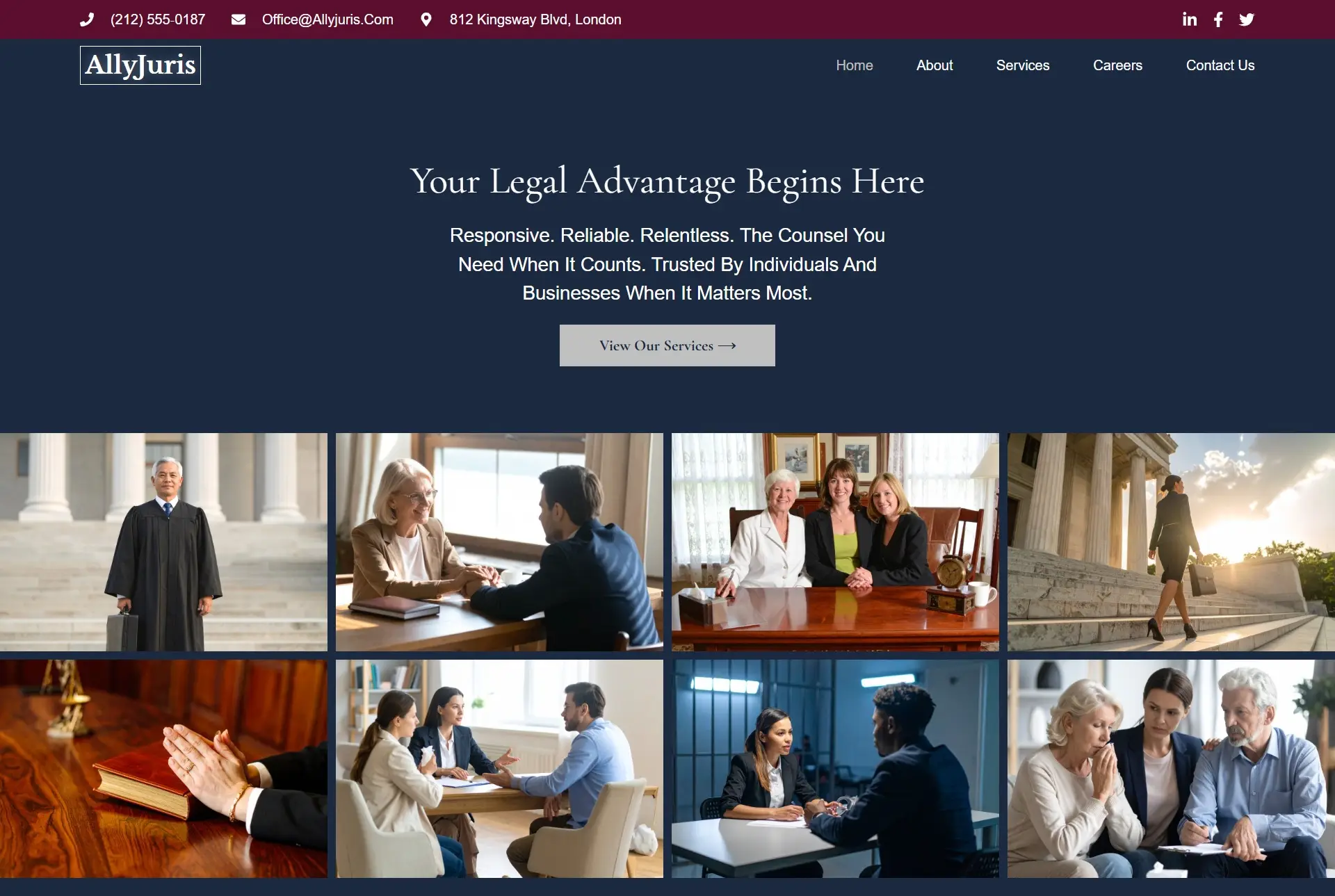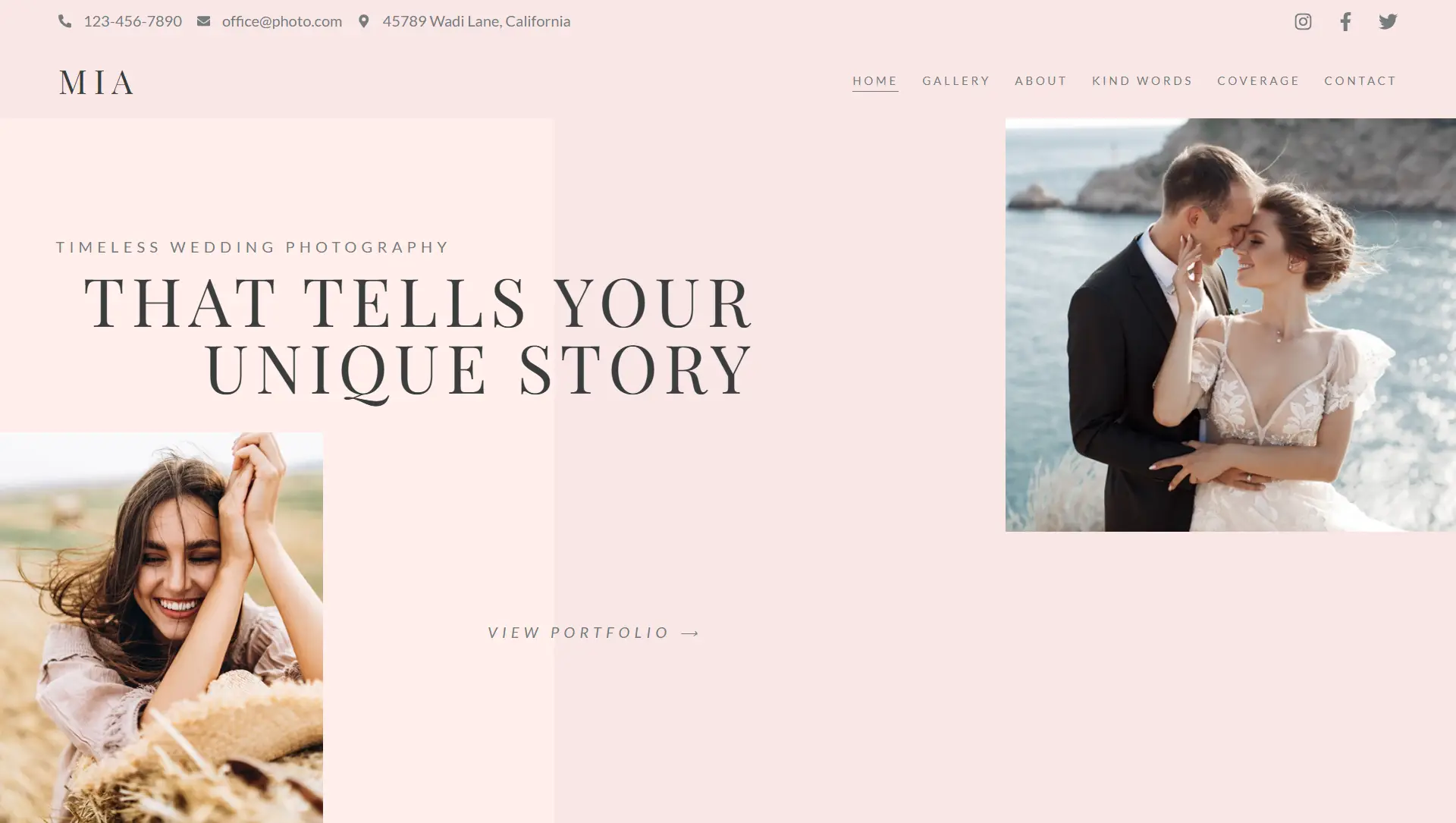🎯 Purpose
The Tabs widget enables you to present content in multiple labeled panes within the same space. Users can click on each tab to reveal independent content blocks, making it perfect for organizing features, product details, FAQs, or comparisons neatly.
⚙️ Key Features & Configuration
Create Multiple Tabs
Easily add, remove, reorder, or duplicate tab items. Each tab includes a title and a content area where you can include text, images, links, or even embed other widgets for rich layouts.Content Flexibility
Inside each tab’s content box, you can add any Elementor-supported content—from paragraphs and lists to videos and shortcodes.Active Tab Control
Set a specific tab to open by default when the user lands on the page.Icon Integration
Add icons to each tab header to visually distinguish categories or sections.
🎨 Style Customization
Tabs Header Styling
Layout Options: Choose horizontal (top-aligned) or vertical (right-aligned) orientation.
Typography: Customize font family, size, weight, spacing, and decoration for tab titles.
Colors & States: Set separate text, background, and border colors for normal, hover, and active states.
Borders & Dividers: Add or adjust borders around tabs or between tabs, including spacing and radius.
Content Panel Styling
Padding & Spacing: Control the inner spacing within each tab’s content area.
Background & Borders: Style panel background color, border, radius, shadow, and overall alignment.
🛠️ Advanced Controls
Responsive Settings
Adjust orientation and styling for desktop, tablet, and mobile devices to ensure accessibility and readability across all screens.Interactivity & Effects
Add entrance animations, scroll effects, or hover transitions to enhance engagement when users switch tabs.Layout Precision
Use margin, padding, z-index, positioning, motion effects, custom HTML attributes, and CSS classes for fine-grained layout control.
✅ Best Practices
Use tabbed interfaces for structured content like product specs, comparison tables, or grouped FAQs to reduce page length.
Keep titles short and descriptive to make them easily scannable.
Allow one tab to be open by default to guide user attention.
Use visual cues—colors or icons—to highlight active states for intuitive navigation.
Adjust spacing and alignment so content appears harmonious regardless of orientation.
Test the setup across device types to ensure proper stacking and alignment.
📌 Ideal Use Cases
Product or feature breakdowns (e.g., Description, Sizes, Materials).
FAQ sections with grouped answers.
Technical content with tabs for Overview, Specs, Reviews.
Comparative guides or services that need categorized layout.
Multi-step instructions broken into manageable panes.
The Tabs widget offers a user-friendly, structured way to display multiple content blocks in a compact area—featuring icon support, rich styling, and responsive control for clean and interactive layouts.




